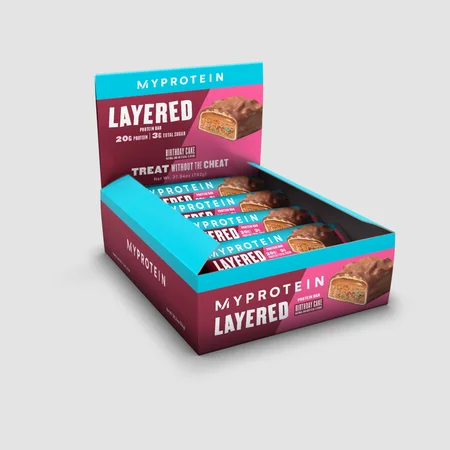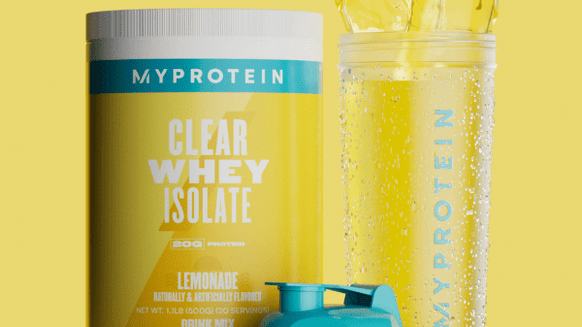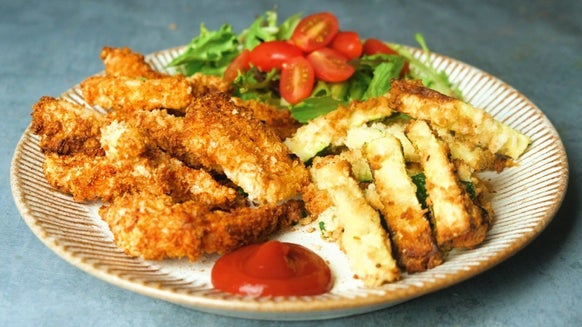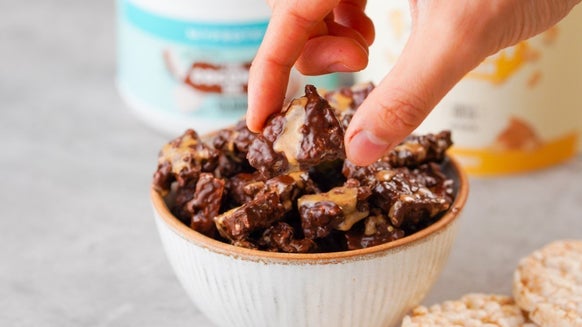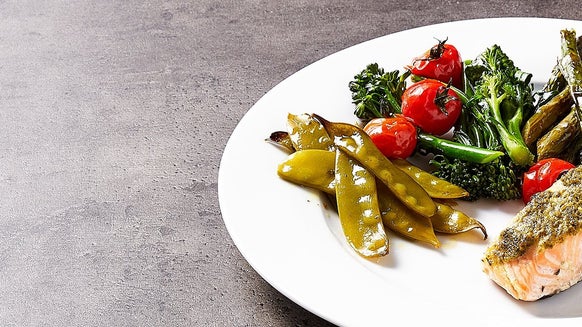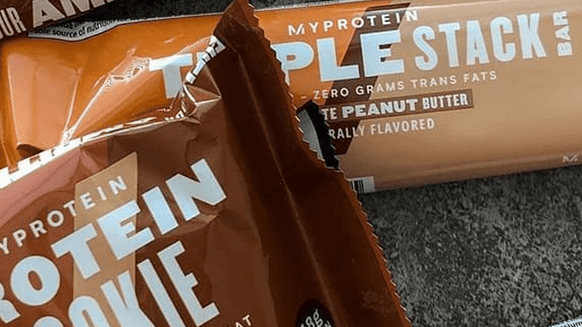Increasing Your Metabolic Rate | Nutritionist Explains
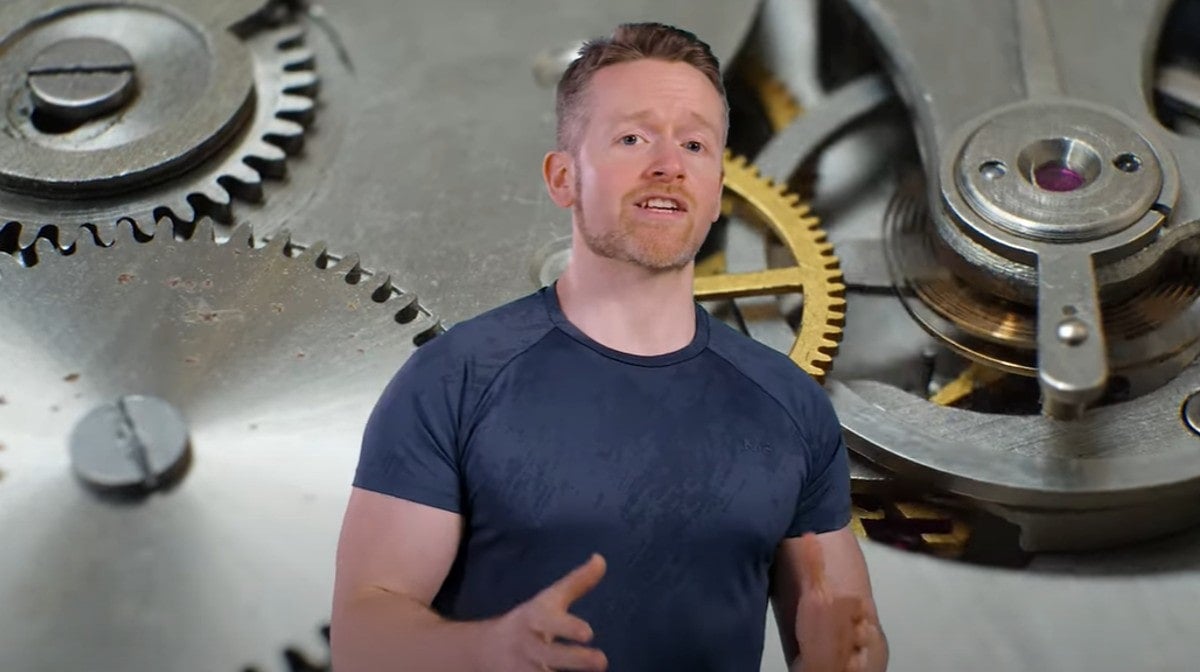
Did you know that your metabolism is a combination of chemical processes? Maybe that piece of information leaves with more questions than you started with.
Luckily, nutritionist Richie Kirwan is here to get beneath the surface and break down the science behind the processes that make up your metabolism. That’s right, there’s more than one process. Let’s get into it before I give any more away.
What is metabolism?
Before we get into what exactly metabolism is, it’s important to understand one very important concept...
You are made entirely of chemicals. Your skin? Chemicals. The blood flowing through your veins? Chemicals. Your DNA? You guessed it. Chemicals.
Don’t worry, it’s not just you. Everything is made of chemicals. That includes the phone or device you’re reading this on.
You may be wondering why any of this is important — stick with me.
Your metabolism is the combination of all chemical reactions in your body at any one time. And to keep you alive your body needs a combination of perfectly timed reactions. All the time. There's no time off from these reactions.
Here’s some examples of what these chemical reactions do:
- Chemical reactions keep your body at a steady temperature.
- Chemical reactions break down food. They turn your protein bars into amino acids, sugars and fatty acids.
- Chemical reactions are needed to transport these amino acids to your muscles, to pass them across your cell membranes and into new muscle protein. In other words, chemical reactions are needed for the oh so important process of building muscle.
- Chemical reactions are needed for you to stand up, sit down, and lift weights.
And, no surprise, you can’t do any of this if you have no energy. The chemical reactions need energy, which comes from the food that you eat. That's right, food is fuel. Our bodies are chemical machines — your phone needs to charge to work, and it’s the same for your body. It can’t function without food to power your metabolism.

What is our metabolism made up of?
Your metabolism is made up of four parts:
- BMR (basal metabolic rate)
- NEAT (non-exercise activity thermogenesis)
- EAT (exercise activity thermogenesis)
- TEF (thermic effect of food)
Nutritionists love their acronyms. Anyway, all these components make up your total daily energy expenditure (TDEE). This is all the energy you need to support the different parts of your metabolism. Or in other words, your metabolic rate.
BMR
The one we’re probably most familiar with — basal metabolic rate. It's the energy that your body uses to maintain all the essential metabolic processes that keep you alive. This includes breathing, digesting food, what keeps your blood pumping. All the behind the scenes stuff. Even when you’re sleeping, your body doesn’t take any time off from these processes, and for that you should be grateful.
For most people, BMR is what uses up the most energy of the different parts of metabolism. This is because every part of your body requires a different amount of energy to function properly.
- One kilogram of adipose (or fat tissue) uses about 4.5 calories per day to function normally
- One kilogram of muscle requires 13 calories per day to function properly
- One kilogram of brain tissue uses 240 calories per day
- One kilogram of heart tissue burns 440 calories per day
It’s true what they say: muscle burns more calories than fat. But neither has anything on the brain and the heart.
NEAT
Non-exercise activity thermogenesis. Put simply, this is all the energy you use for any physical or movement activity that isn’t specifically exercise.
- Walking from your car to your office
- Scratching your head
- Lifting your phone to take a gym selfie
- Tearing open your favorite protein bar
This can change quite a lot for someone with an adaptive metabolism, varying depending on what they eat. If they have a lot of extra calories, they tend to fidget more. In other words, their NEAT goes up.
TEF
It's weird to think that while consuming food you’re actually burning off energy immediately as you digest it. Although the energy you burn does depend on the macronutrients you consume.
Fat requires the least energy to process: 1-3% of the energy in fat is used in digestion. Carbs require slightly more, with 5-10%. And protein is by far the highest, using 20-30% of the energy provided by the food during digestion.
Just a small reason why we bang on about protein-rich diets being effective for fat loss...

EAT
Unfortunately, not what it says on the tin. EAT stands for exercise activity thermogenesis — all the energy you spend when intentionally exercising.
This can vary a lot between people depending on how much exercise they put their bodies through on a day-to-day basis. For those that exercise for a few hours a day, EAT can be enormous.
For example, an athlete could eat as much as up to 8,000 calories a day because they’re training so much.
How to increase your metabolic rate
Building muscle
Technically, you can increase your metabolic rate by growing muscle, because — as you know by know — muscle burns more calories than fat.
It isn’t going to increase your metabolism a whole lot, but it will have a small effect.
Eat wise
Work on your thermic effect of food, or TEF. Replace some fats and carbs with protein, and your TEF will be higher. Again, it won’t be by much, but there will be a small increase.
Less processed foods
There has been some evidence to suggest that meals higher in whole, unprocessed foods have a higher TEF than a meal of the same calories full of processed foods.
But again, the impact will be low.
Exercise
So, we’ve saved the best for last... The best way to increase your metabolism is through exercise. But as I'm sure you know, it’s not always that easy.

Take Home Message
Well, we’ve certainly learned something new today. That really got the brain whirring. I wonder how many calories were burned just reading this article. Hopefully now you know everything there is to know about metabolism. Remember, it’s all chemical reactions.
READ MORE HERE:

Macro Calculator | How to Calculate Your Macros for Flexible Dieting and IIFYM
Use our calculator to work out your macros.
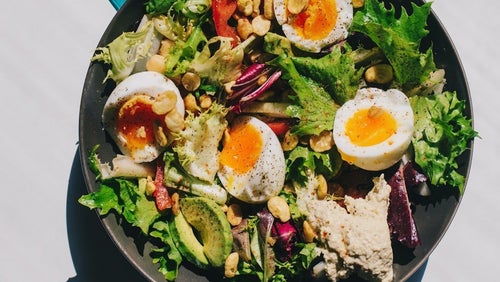
10 Foods High In Vitamin B12

